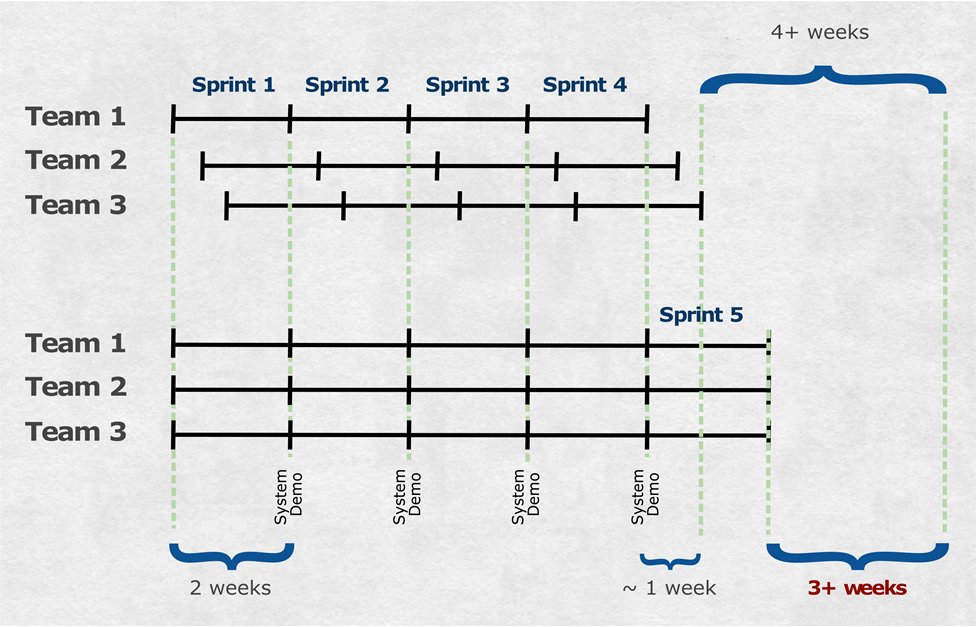
SAFe Is Safe, or how our QA team benefited from scaling the Scrum
In the last article of the series, we’d like to cover the benefits our QA consultants experienced after moving from Scrum to the Scaled Agile Framework. Based on our experience of testing software in Scrum and, from now on, in SAFe, we’ll compare the processes and point to the priceless advantages.
From Scrum to SAFe: enhanced speed, collaboration, and predictability
At first, SAFe seemed messy, incomprehensible, and extremely challenging. Mystery of life, so to say. Having no other options but to obey, we got down to work. Days of learning, googling, doing 5 years’ worth of reading up, asking (and answering) questions paid off and in the end we took advantage of the numerous benefits of the new framework.
The most obvious benefits turned out to be the following: synchronized work of all teams and faster delivery of the final product. Let’s have a look at how it was achieved.
To avoid shallow explanations, we’ll use the graphic scheme below. It illustrates the work of the three teams testing software on the project. Scrum is above, SAFe is below.

We hope you remember that for four years almost we were applying Scrum to complete our project goals. As it should be, we organized conventional Scrum events: sprint planning, daily Scrum meetings, sprint review and retrospective.
However, as the number of teams increased, we had to review the entire process and adjust it. It was caused by the customer’s representatives’ desire to participate in all regular events. That’s why we had to defer the sprints start for some days.
This adjustment resulted in the additional week for all teams to finalize all the activities planned for four sprints. Besides, we lacked points of synchronization and didn’t manage to complete end-to-end integration testing and assess the product’s quality before all teams are done.
Only having completed all tests planned for four sprints, we set to the final integration tests and verified the quality of the release product. If it was a minor release, it took us about four weeks to complete integration testing. With the major release, final tests took us about two months.
SAFe helped to change the situation for the better
With SAFe, all teams start and finish sprint activities simultaneously. Synchronization is achieved by the introduction of the intermediate points to sync up (system demo).
Thanks to synchronized work, two weeks of the HIP sprint (check out what HIP stands for here) was quite enough to complete final integration tests. Certainly, if we had to assure quality of the major release, we would allow for more time. Let it be four weeks, it was still two times less than required before.
Put it simply, if sprints started and finished on time and there occurred no obstacles to do the job, the delivery of the shippable product got cut by three weeks.
One last thing
Regardless of scaling, Agile is the same. In large organizations it’s just a matter of making the whole enterprise share the same way of thinking and make everyone feel involved.
SAFe is built in such a way that every person feels valued and invested into the common business. We know the business context, we know the vision of the stakeholders, we collaborate with overseas colleagues and… the Big Picture doesn’t seem to be that messy after all.
Over to you
There are always doubts about the effectiveness of something new. At first, we were thinking that large organization and easy-to-use Scrum don’t mix. After a couple of weeks we made it work on all three levels. We’ve evolved our client’s values and his mindset and managed to keep up our cooperation.
If you are expected to adopt new framework, be it SAFe or anything else beyond your expertise, give it a try! If you give up, a more brave and ambitious service provider will take your place in no time.
Do you have your own tips on how to make SAFe safe, or additions to the article? Please let us know in the comments below.









